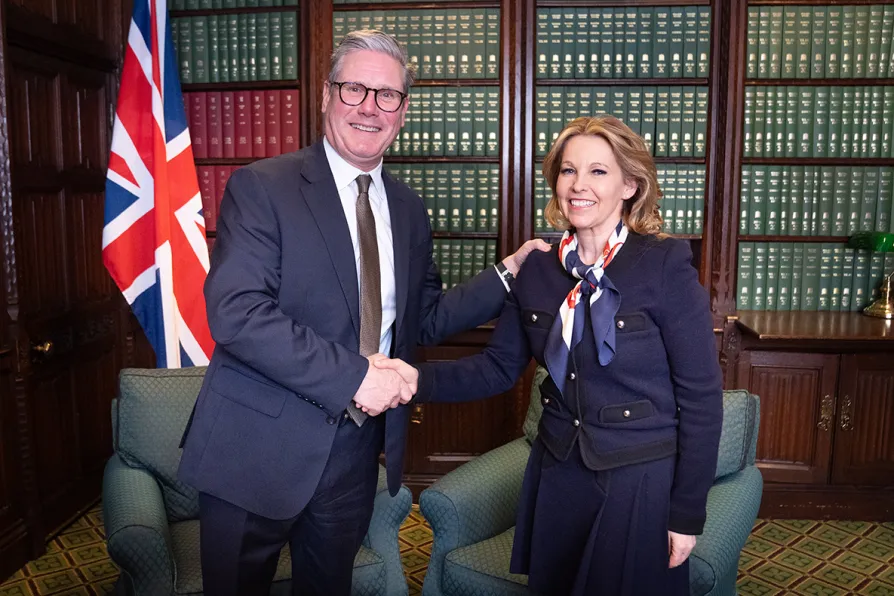A vast US war fleet deployed in the south Caribbean — ostensibly to fight drug-trafficking but widely seen as a push for violent regime change — has sparked international condemnation and bipartisan resistance in the US itself. FRANCISCO DOMINGUEZ reports

 Labour leader Sir Keir Starmer with former Conservative MP Natalie Elphicke in his parliamentary office in the House of Commons, London, after it was announced she has defected to Labour, hitting out at the "broken promises of Rishi Sunak's tired and chaotic government". Picture date: Wednesday May 8, 2024.
Labour leader Sir Keir Starmer with former Conservative MP Natalie Elphicke in his parliamentary office in the House of Commons, London, after it was announced she has defected to Labour, hitting out at the "broken promises of Rishi Sunak's tired and chaotic government". Picture date: Wednesday May 8, 2024.
HISTORICALLY, political defections in Britain have tended to go from left to right.
Beyond individual renegades, there are two significant markers: Ramsay MacDonald’s decision to split Labour and form a national government in 1931 and the departure of right-wing Labour MPs to the SDP (now the Lib Dems) in the early 1980s.
The 1930s also offered two further examples of significant splits. The first was Oswald Mosley’s New Party, which led to fascism. The second was the Independent Labour Party (ILP), which tried to recreate an independent socialist presence outside of Labour but was unable to do so.

While Hardie, MacDonald and Wilson faced down war pressure from their own Establishment, today’s leadership appears to have forgotten that opposing imperial adventures has historically defined Labour’s moral authority, writes KEITH FLETT













